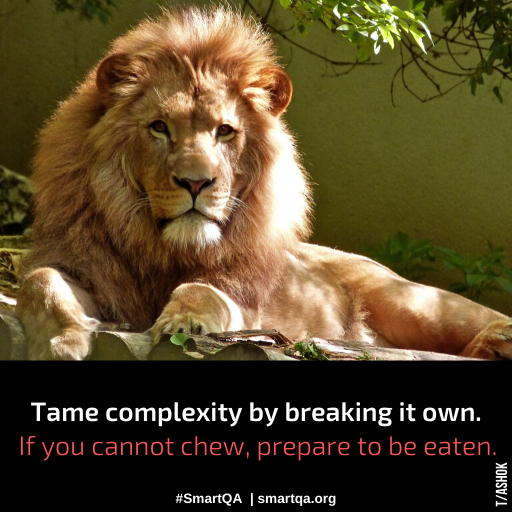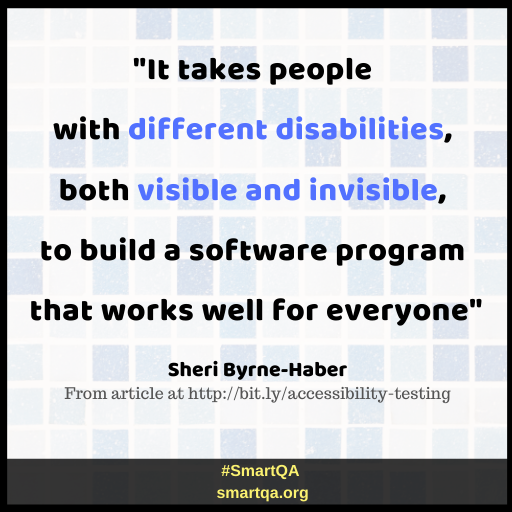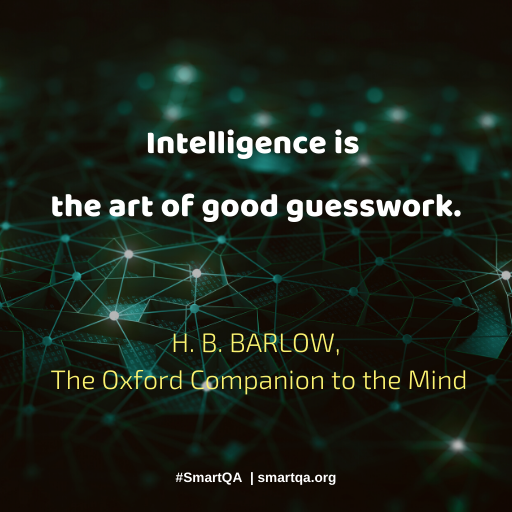SmartQA Digest
In this week’s SmartBites, Yuvaraj Thanikachalam outlines as to what Blockchain is, why this is considered a revolutionary technology, what businesses could benefit from this and the challenges to adopting this in the video “Blockchain – the technology“.
In the beEnriched section is a short primer on Blockchain outlining ‘What is blockchain technology’, ‘How does it work’ and ‘Where is it useful’. Checkout the article “Blockchain – What, How & Where“.
beEnriched

Blockchain – What, How & Where
January 31, 2020
This article is a short primer on Blockchain outlining ‘What is blockchain technology’, ‘How does it work’ and ‘Where is it useful’. Curated from four articles which are nice and easy reads.
expandMind

Sketchnote
August 29, 2019
Sketchnotes are purposeful doodling while listening to something interesting. Sketchnotes don’t require high drawing skills, but do require a skill to visually synthesize and summarize via shapes, connectors, and text. Sketchnotes are as much a method of note taking as they are a form of creative expression.
























